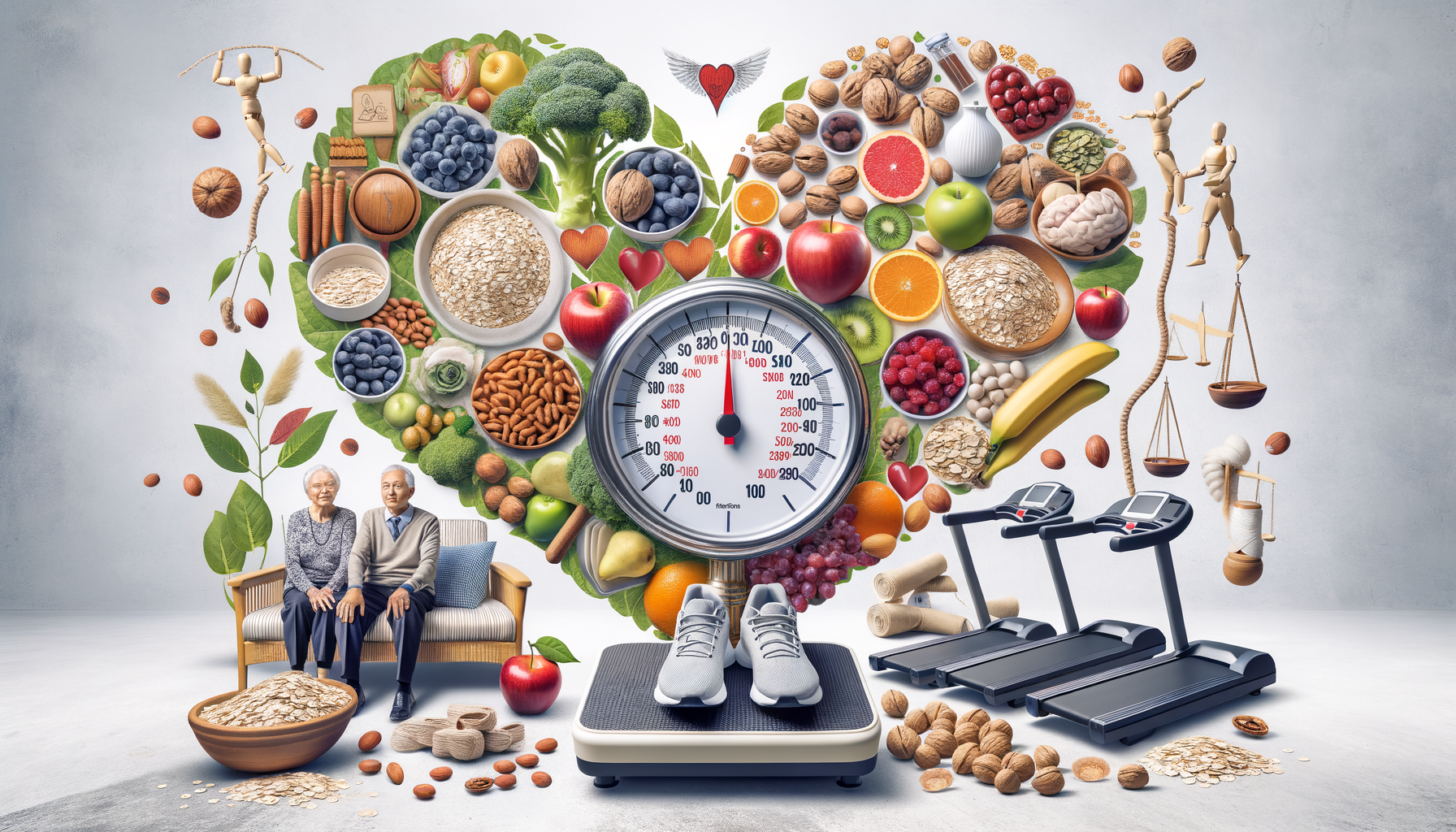Ways to Support Healthy Cholesterol Levels Non-Pharmacologically in Elderly Individuals
Is there a desire to explore approaches for maintaining cholesterol balance as one ages? Many seek knowledge about natural methods that may contribute to well-being in later years. Understanding different lifestyle considerations can be a starting point.

Introduction to Cholesterol Management in Elderly Individuals
As we age, maintaining a healthy balance of cholesterol becomes increasingly important. Cholesterol, a waxy substance found in your blood, is essential for building healthy cells, but high levels can lead to heart disease. For elderly individuals, managing cholesterol without relying solely on medication can be crucial due to potential side effects and interactions with other treatments. This article explores various non-pharmacological approaches to support healthy cholesterol levels, focusing on dietary changes, physical activity, lifestyle modifications, stress reduction, and the use of natural supplements and foods.
Dietary Approaches to Support Healthy Cholesterol Levels in Elderly Individuals
Diet plays a pivotal role in managing cholesterol levels, especially for the elderly. By adopting specific dietary strategies, seniors can significantly impact their cholesterol profile. Key dietary approaches include:
- Increasing intake of soluble fiber found in oats, beans, lentils, and fruits like apples and pears, which help reduce the absorption of cholesterol into the bloodstream.
- Incorporating healthy fats such as those found in avocados, nuts, and olive oil, which can replace saturated fats and improve cholesterol levels.
- Limiting foods high in saturated fats, such as red meat and full-fat dairy products, which can contribute to higher cholesterol levels.
- Including foods rich in omega-3 fatty acids like salmon, mackerel, and flaxseeds, known for their heart-protective benefits.
These dietary approaches not only help in managing cholesterol but also contribute to overall health, making them an essential consideration for elderly individuals looking to maintain their well-being.
Physical Activity Strategies for Healthy Cholesterol Management in Seniors
Physical activity is another cornerstone in managing cholesterol levels effectively. For seniors, incorporating regular exercise can lead to improved heart health and better cholesterol management. Here are some strategies:
- Engage in moderate aerobic exercises such as walking, swimming, or cycling for at least 150 minutes per week. These activities help raise HDL (good cholesterol) and lower LDL (bad cholesterol).
- Include strength training exercises twice a week to enhance muscle mass and metabolism, which can positively affect cholesterol levels.
- Consider flexibility and balance exercises like yoga or tai chi, which can improve overall mobility and reduce the risk of falls.
These physical activity strategies not only support healthy cholesterol management but also enhance the quality of life for seniors by improving physical fitness and mental well-being.